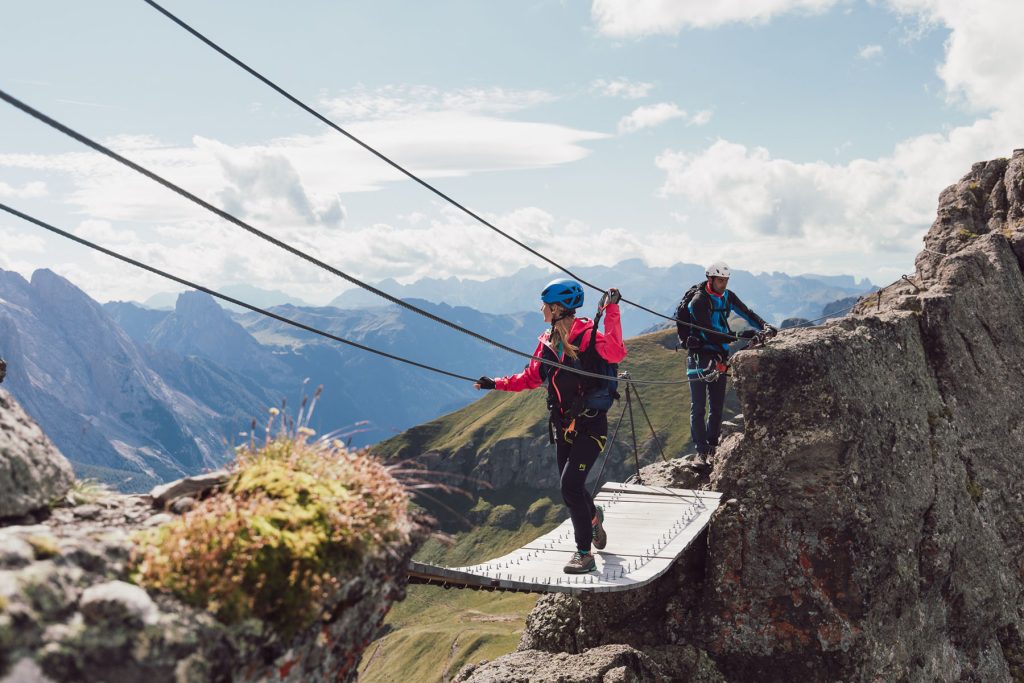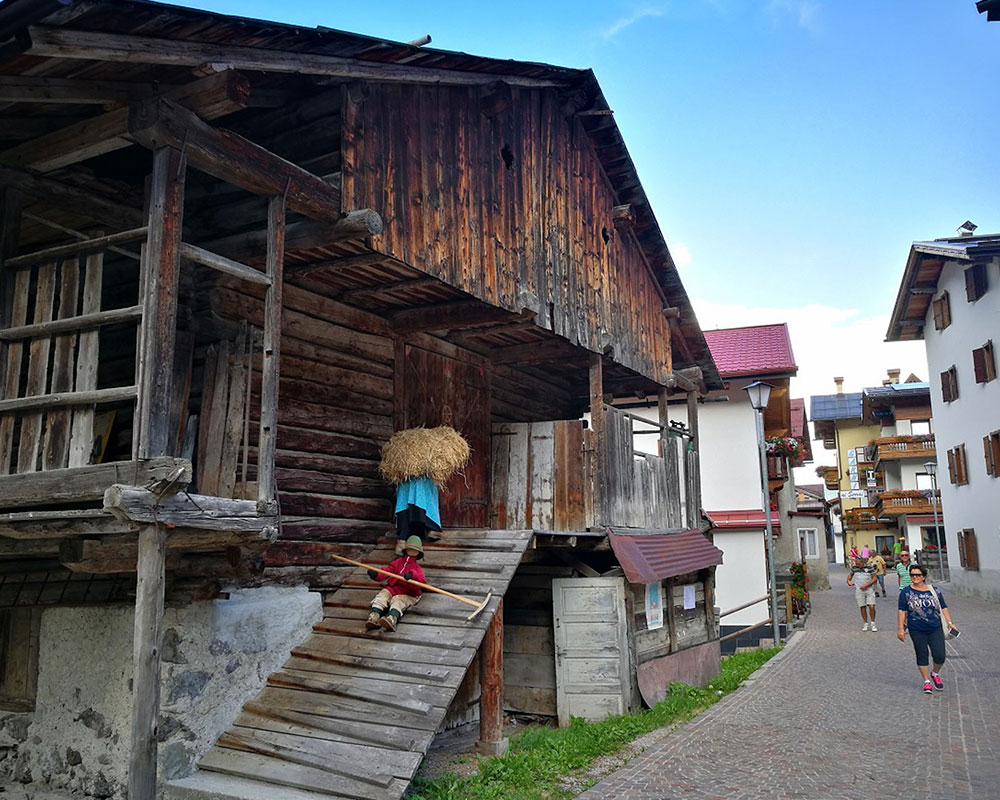If you are looking for advice on what to do in Malga Ciapela in summer, or want to know the most beautiful hikes and trails that can be taken starting from Camping Marmolada Malga Ciapela this is the right place.
Positioned at the foot of the Marmolada, the Marmolada Malga Ciapela Camping is a prime access point to the many hiking trails in the area, such as the beautiful hikes in Ombretta Valley, or in Marmolada, thanks to its proximity to the Marmolada “Move to the top” cable car station, only a 15-minute walk away.
The “Geological Trail of Arabba” has new informational signage along the path, which allows hikers to discover interesting information about the complex and unique geological history of the Dolomites area.
But let’s cut to the chase: here are the best things to do in Malga Ciapela in summer.








Sign up for our newsletter to keep up to date with news from Camping Marmolada Malga Ciapela.
You will receive exclusive offers and useful tips to enjoy your wild experience at the foot of the Marmolada.

Località Malga Ciapela, 116
32023 – Rocca Pietore BL
Phone: 0437 866814
E-Mail: info@campingmarmolada.it
© 2025 Camping Marmolada Malga Ciapela | P. IVA 00269710257 | CIN IT025044B1BGTN5IWB | Credits: ofprojects.com
Privacy Settings
This website uses cookies to improve your experience while you navigate through the website.
View the Cookie Policy View the Personal Data Policy
Google Fonts is a service used to display font styles operated by Google Ireland Limited and serves to integrate such content into its pages.
Place of processing: Ireland - Privacy Policy
Google Maps is a maps visualization service provided by Google Ireland Limited. This service is used to incorporate content of this kind on its pages.
Place of processing: Ireland - Privacy Policy
